Expansion of Functional Foods
The Milk Protein Hydrolysate Market is benefiting from the expansion of functional foods, which are designed to provide health benefits beyond basic nutrition. As consumers increasingly seek products that support specific health outcomes, such as digestive health and immune support, milk protein hydrolysates are being incorporated into a variety of functional food products. This trend is evident in the growing range of protein-fortified snacks and beverages available in the market. Data indicates that the functional food market is on an upward trend, suggesting a favorable environment for the integration of milk protein hydrolysates. The versatility of these hydrolysates makes them an attractive ingredient for manufacturers aiming to meet consumer demands for health-oriented products.
Increasing Health Consciousness
The Milk Protein Hydrolysate Market is experiencing a surge in demand driven by the increasing health consciousness among consumers. As individuals become more aware of the nutritional benefits associated with protein intake, particularly in relation to muscle recovery and overall wellness, the market for milk protein hydrolysates is likely to expand. This trend is reflected in the growing popularity of protein-enriched products, which are perceived as essential for maintaining a healthy lifestyle. According to recent data, the protein supplement market is projected to grow significantly, indicating a favorable environment for milk protein hydrolysates. The emphasis on health and fitness is expected to propel the Milk Protein Hydrolysate Market forward, as consumers seek convenient and effective sources of protein.
Rising Demand in Sports Nutrition
The Milk Protein Hydrolysate Market is poised for growth due to the rising demand in the sports nutrition sector. Athletes and fitness enthusiasts are increasingly turning to protein hydrolysates for their rapid absorption and effectiveness in muscle recovery. This trend is supported by the growing awareness of the importance of protein in athletic performance. Market data suggests that the sports nutrition segment is expanding, with a notable increase in the consumption of protein supplements. As a result, manufacturers are likely to innovate and develop new products that cater to this specific demographic, further driving the Milk Protein Hydrolysate Market. The focus on performance enhancement and recovery solutions is expected to sustain this upward trajectory.
Growing Application in Infant Nutrition
The Milk Protein Hydrolysate Market is experiencing growth due to its increasing application in infant nutrition. With a rising awareness of the nutritional needs of infants, particularly those with allergies or intolerances, milk protein hydrolysates are being utilized in specialized infant formulas. These hydrolysates are known for their hypoallergenic properties, making them suitable for sensitive infants. Market data indicates a steady increase in the demand for such specialized products, reflecting a broader trend towards personalized nutrition. As parents seek the best options for their children, the Milk Protein Hydrolysate Market is likely to expand, driven by the need for safe and effective nutritional solutions.
Technological Innovations in Processing
The Milk Protein Hydrolysate Market is witnessing advancements due to technological innovations in processing methods. Enhanced production techniques are enabling manufacturers to create high-quality hydrolysates with improved functional properties. These innovations not only increase the efficiency of production but also enhance the nutritional profile of the final products. As a result, the market is likely to see a rise in the availability of diverse milk protein hydrolysate products that cater to various consumer preferences. The ongoing research and development efforts in processing technologies suggest a promising future for the Milk Protein Hydrolysate Market, as companies strive to meet the evolving needs of health-conscious consumers.


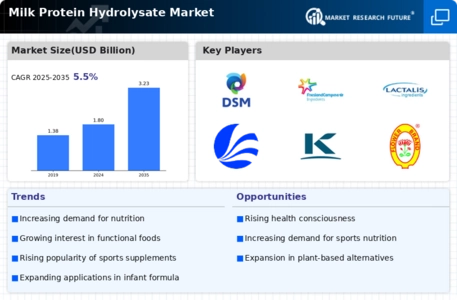
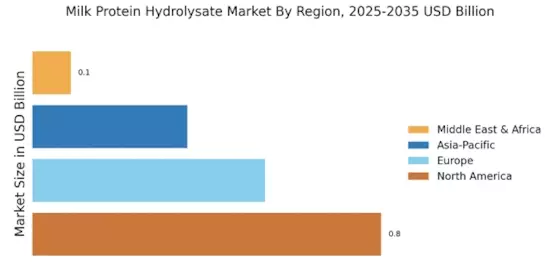

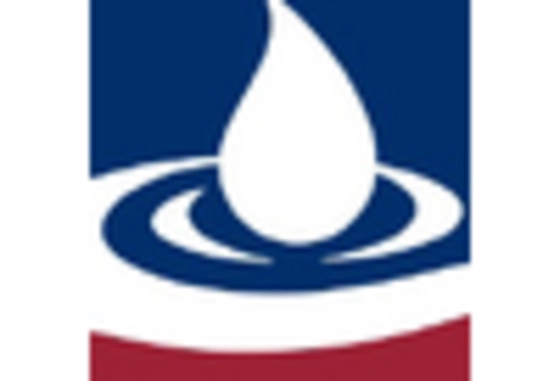
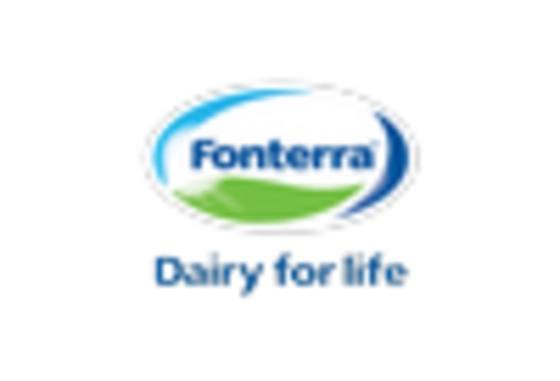

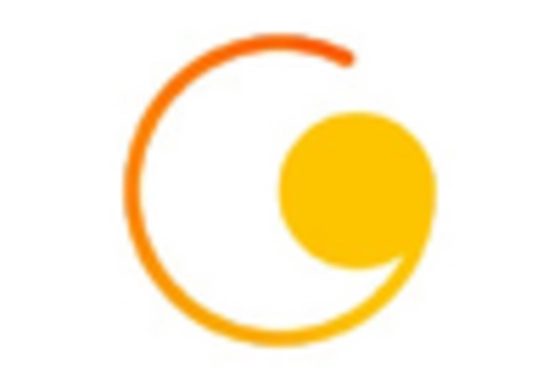
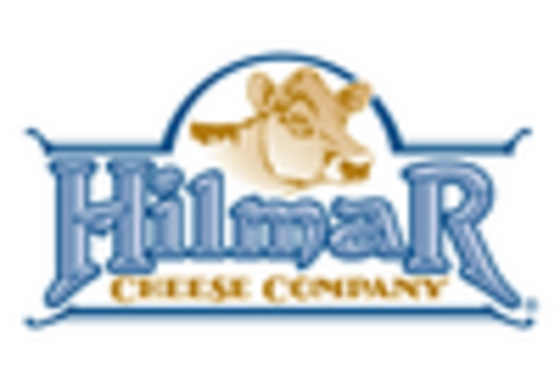








Leave a Comment